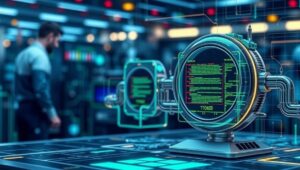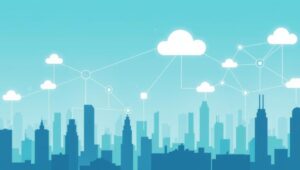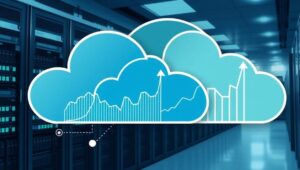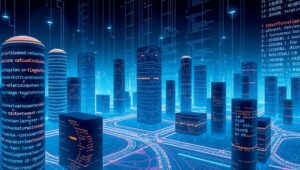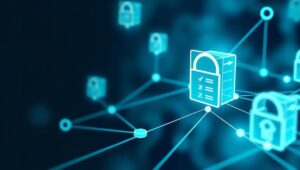Self-Healing Software Systems: Autonomous Maintenance (2028)
Self-Healing Software Systems: Autonomous Maintenance (2028) In the rapidly evolving landscape of software engineering, the concept of self-healing systems has emerged as a critical area of innovation. By 2028, autonomous maintenance will be a defining characteristic of robust and reliable software systems. This article explores the principles, technologies, and future implications of self-healing software, focusing on how these systems autonomously detect, diagnose, and repair issues. Understanding Self-Healing Software Self-healing software systems are designed to automatically identify and resolve issues with minimal human intervention. These systems incorporate mechanisms for continuous monitoring, anomaly detection, automated diagnostics, and dynamic recovery. The primary goal
